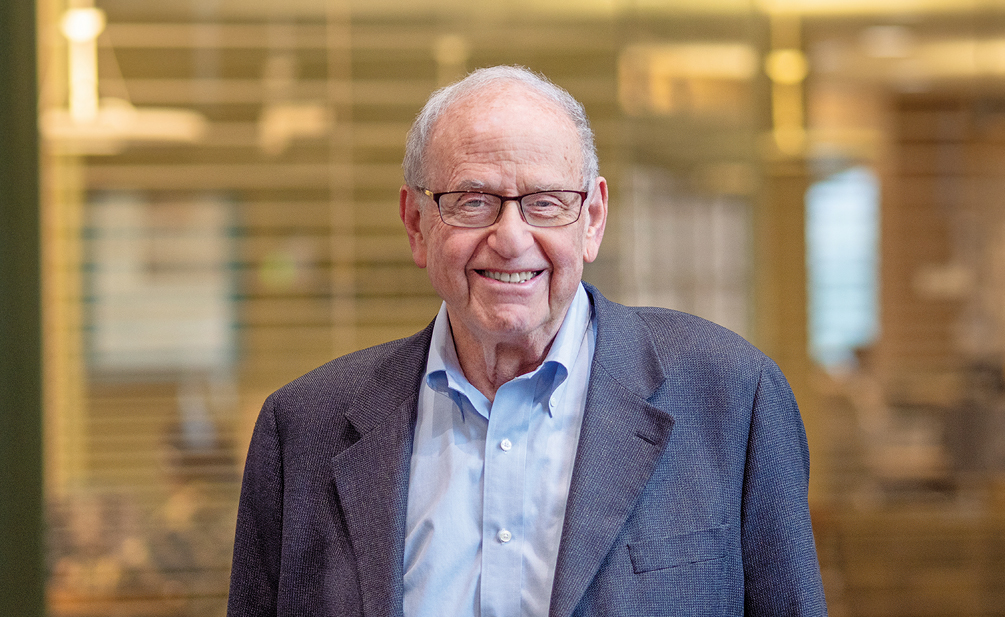Salute to a flu fighter
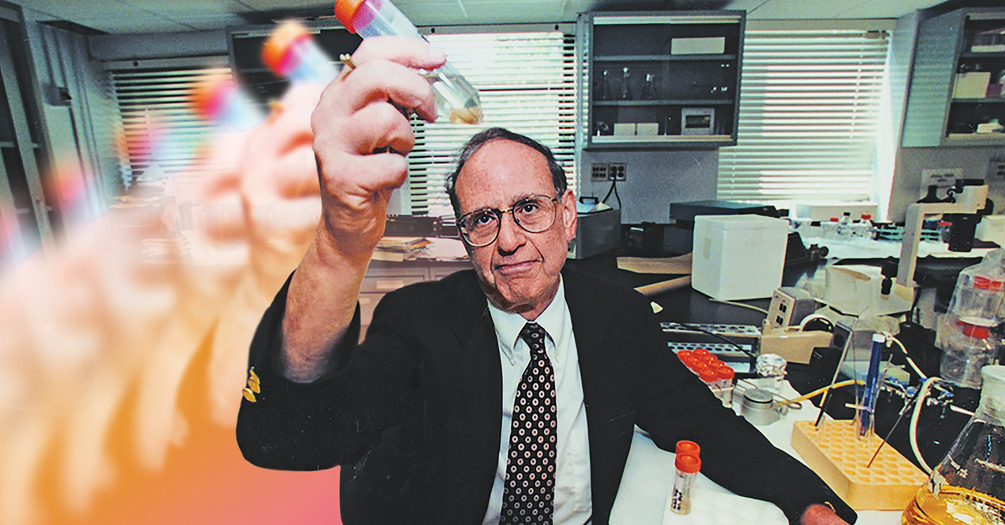
World-renowned epidemiologist Arnold Monto has devoted his 60-year career to combating influenza and other respiratory viruses
By Claudia Capos
Not many people can look back on a 60-year career in public health knowing they have helped save countless lives, prevent untold suffering and provide future generations with the tools to stem the threat of severe respiratory illnesses.
Veteran flu fighter Arnold S. Monto is one of those rare individuals.
Since joining the University of Michigan School of Public Health faculty in 1965—where he is the Thomas Francis Jr. Collegiate Professor Emeritus of Public Health and Professor Emeritus of Epidemiology and of Global Public Health—Monto has tirelessly ferreted out a whole host of respiratory viruses, including the Hong Kong, swine and Russian flus, as well as MERS, SARS and, most recently, SARS-CoV-2.
His flu sleuthing in community settings has taken him from the jungle villages of Panama to the households of small-town Michigan to the residence halls of the University of Michigan.
Inside his influenza lab at Michigan Public Health, Monto has toiled for endless days, months and even years to unlock the secrets of shape-shifting flu bugs and to develop new vaccines, antivirals and nonpharmaceutical interventions to keep them at bay.
Reflecting on his pioneering role, Monto said his success has hinged on his ability to address the laboratory, population and policy concerns that impact public health measures to halt the spread and reduce the severity of influenza epidemics and pandemics.
“I have been trying to bring together the laboratory issues of what viruses do, the population issues of how people react to the viruses and the policy issues that affect decision-making,” Monto said. “That ability is the mark of good infectious disease epidemiology.”
Whenever something important happens in the world of influenza prevention and control, you know Arnold is involved. He has been a tireless, globe-traveling, diplomat scientist who has pioneered the deeper understanding of influenza transmission and effectiveness of influenza treatments and vaccines. He serves as an example of excellence in public health—that’s why we have a CDC Award for Epidemiology named after him.”
— Daniel B. Jernigan, director, National Center for Emerging and Zoonotic Infectious Diseases, US Centers for Disease Control and Prevention
Throughout his storied career, he has played a key role in national and global policy decisions on pandemic preparedness and emergency response to major threats, including the COVID-19 pandemic.
His name is on the must-call list of infectious-disease experts who consult regularly with high-level officials at the White House, the Centers for Disease Control and Prevention, the National Institutes of Health, the Food and Drug Administration and the World Health Organization.
“Whenever something important happens in the world of influenza prevention and control, you know Arnold is involved,” said Dr. Daniel B. Jernigan, director of the National Center for Emerging and Zoonotic Infectious Diseases at the CDC. “He has been a tireless, globe-traveling, diplomat-scientist who has pioneered the deeper understanding of influenza transmission and effectiveness of influenza treatments and vaccines.”
The CDC established the annual Arnold S. Monto Award in 2015 to honor him for innovation in epidemiology and vaccinology. He also received lifetime achievement awards from two prestigious organizations: the International Society for Influenza and other Respiratory Virus Diseases (2022) and the Infectious Diseases Society of America (2009).
“Arnold’s many years of high-impact scholarship and leadership have made an incredible impact on the field and on global public health more broadly,” said F. DuBois Bowman, dean of Michigan Public Health. “The school is incredibly fortunate to have had him on the faculty since 1965, and I am grateful to call him a colleague.”
Since officially retiring from the University in January 2022, Monto, now 90, has continued to pursue his lifelong work at the Michigan Center for Respiratory Virus Research and Response at Michigan Public Health, where he is co-director with Emily Martin, associate professor of Epidemiology.
“It’s indisputable that Arnold’s most important contribution was bringing high-quality observational community data into respiratory virus research, but also doing it in a way that informed our decision-making,” Martin said. “He gave us an understanding of how these viruses and vaccines impact households and communities outside what you would see in a clinical trial. He showed us how things actually work in day-to-day real life.”
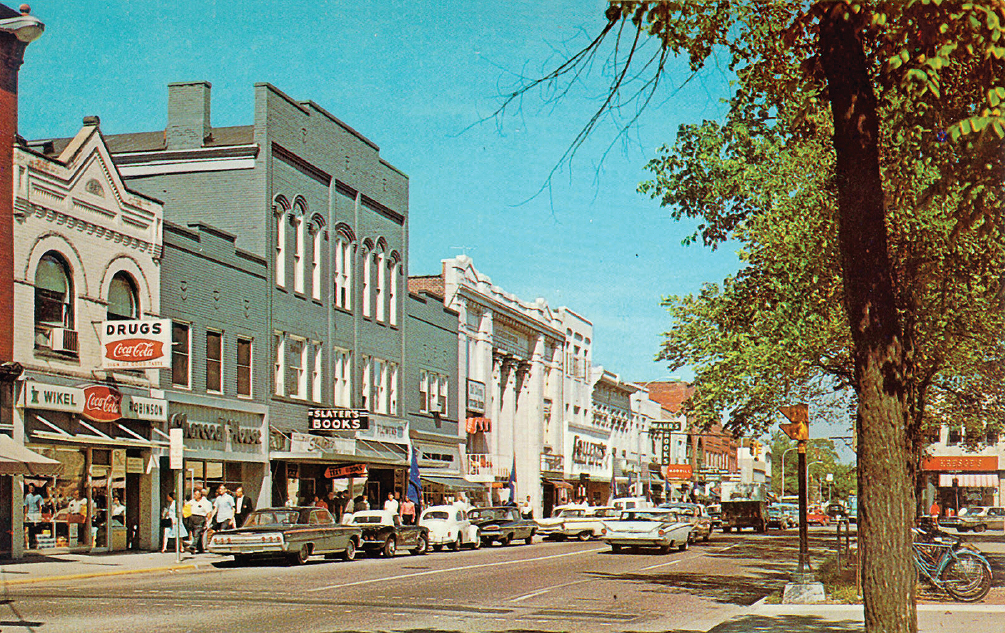
An accidental beginning
Monto never planned to pursue a career in public health.
He earned his medical degree at Cornell University in 1958 and completed his internship and residency in medicine at the Vanderbilt University Medical Center two years later. After finishing his post-doctoral fellowship in infectious diseases at Stanford University Medical Center in 1962, he considered a variety of research, private practice and teaching opportunities.
Uncle Sam, however, had other plans for Monto. The US government inducted him for two years of public health service under the Doctor Draft.
“I sort of backed into public health by accident,” said Monto, who became an officer in the US Public Health Service at the NIH’s Middle America Research Unit in the Panama Canal Zone. His young family packed up their belongings and moved to Panama, where their closest neighbors were often howler monkeys.
“A lot of new respiratory viruses—such as rhinoviruses, coronaviruses and RSV (respiratory syncytial virus)—had just been identified in the United States and other places, but nobody knew what their expression would be in the population,” he said. “In Panama, I worked in households to see if the same viruses found in the temperate zone were also present in a tropical population of Panamanians.”
During his two-year stint in Panama, Monto learned the nuts and bolts of basic epidemiology and wrote numerous research papers on the subject. His research confirmed the presence of temperate-zone viruses among Panamanians. He also found that influenza occurred primarily during the rainy season in tropical areas when the schools were in session.
His next career step was a pivotal one.
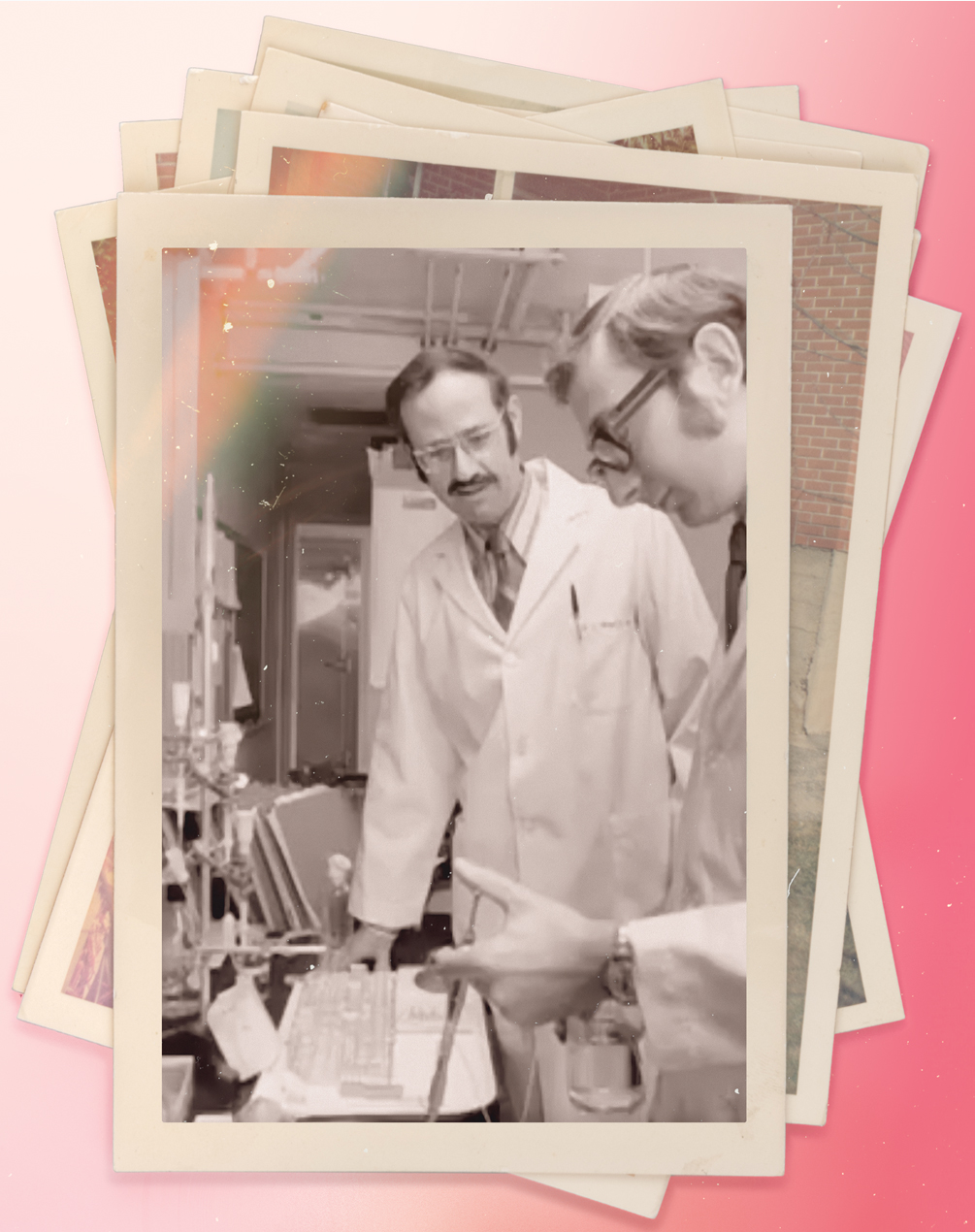
Teaming up with Thomas Francis Jr.
In 1965, Thomas Francis Jr. was chair and founder of the Department of Epidemiology at Michigan Public Health. He had gained widespread acclaim 10 years earlier for designing and guiding the trials of the polio vaccine developed by former student Jonas Salk. Francis also was the first epidemiologist to identify influenza B and, with Salk, to develop and test the first flu vaccine.
“Thomas Francis was doing a study of health and disease in an American population,” Monto said. “He felt it was important to look at these new respiratory viruses.”
Francis recruited Monto to come to Michigan Public Health and extend the scope of the landmark Tecumseh Study by investigating acute respiratory infections in the community.
“That is what brought me and my family, with our newborn baby, to Ann Arbor in February 1965 in the depths of winter,” Monto said.
It was a humble beginning for the young research associate.
Through his skillful leadership chairing the Vaccines and Related Biologic Products Advisory Committee meetings for the COVID-19 vaccines, Dr. Monto was instrumental in helping to expedite the evaluation and authorization of the COVID-19 vaccines that ultimately saved many thousands of lives. We are very grateful for his service in support of public health.”
— Peter Marks, director, Center for Biologics Evaluation and Research, US Food and Drug Administration
“I started out with a laboratory room and a bottle of distilled water,” he said. “And I had to build up my lab from there.”
Monto immediately started designing the Tecumseh Study of Respiratory Infection, which was intended to track the occurrence and transmission of influenza and other respiratory viruses among family households in Tecumseh, Michigan, a small town in Lenawee County about 25 miles southwest of Ann Arbor.
“I modeled the study after the epidemiological work I had done in households in Panama as well as the Cleveland Family Study conducted by Case Western Reserve Medical School in the 1950s,” he said. “We also started growing the viruses of importance in the influenza lab at the School of Public Health and storing them in our freezers so we could study them.”
Funding for their groundbreaking approach was readily available, thanks to Francis’s preeminent status in the world of infectious disease and the NIH’s exponential growth in those years.
“I’ve always combined laboratory work with field work, whether it’s observational studies or clinical trials,” Monto said. “That has been my approach, which is kind of a rarity. However, we found that if you don’t understand the way the specimens are collected and processed, you can’t understand the value of data you get.”
Millicent Higgins, a faculty colleague of Monto’s from 1967 to 1985, remembered when Monto joined the Tecumseh Study, where she had been tracking chronic obstructive pulmonary disease and cardiovascular disease in the community since 1959. At the time, information on influenza cases was spotty, relying mostly on residents’ verbal reports of their respiratory illness and available hospital medical records.
“Having Arnold’s expertise was extremely valuable, especially in the case of relating the evidence of acute respiratory infections from his virological studies to the lung function and disease data I was interested in,” said Higgins, 95, Professor Emeritus of Epidemiology at Michigan Public Health and Professor Emeritus of Internal Medicine at Michigan Medicine.
“He was a great resource, a very reliable colleague and a willing collaborator in the areas where our respective research overlapped.”
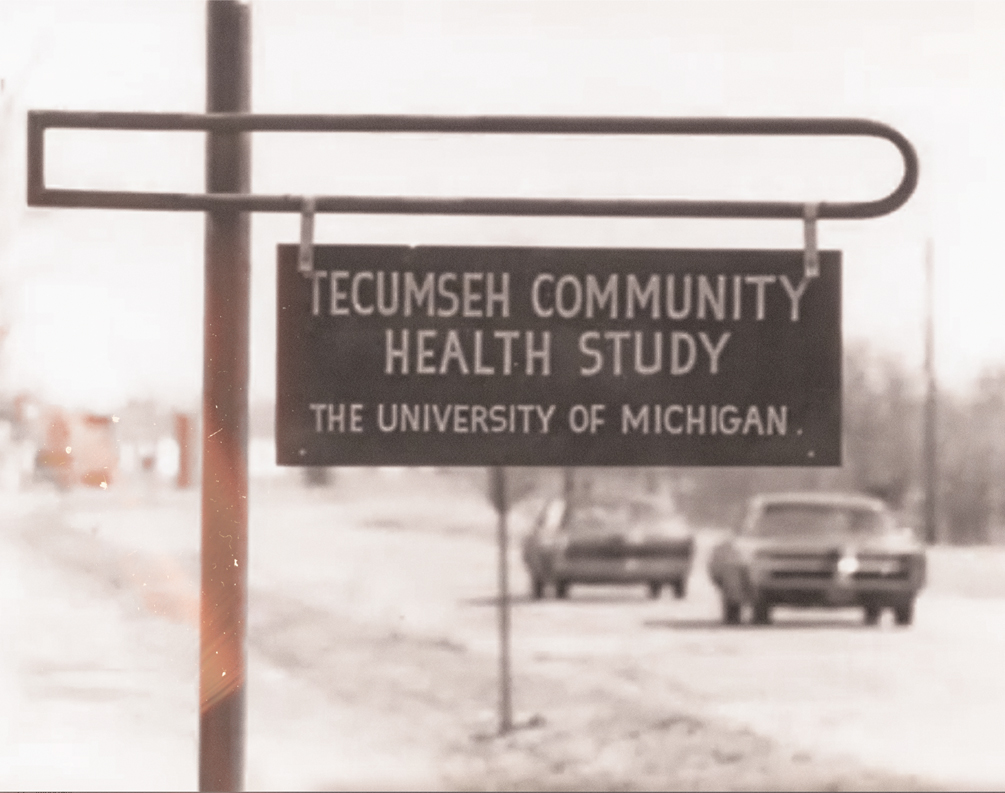
Demonstrating herd immunity
In 1968, the Hong Kong flu pandemic broke out. It was a critical moment for the Tecumseh Study.
“Dr. Francis always believed that you can control influenza in a population using what was termed ‘herd immunity,’” Monto said. “Nobody understood that term at the time, but now everybody understands it in the wake of COVID-19.”
The two epidemiologists were eager to test the concept of herd immunity in the Tecumseh community and came up with a daring plan.
“We had access through our connection with the NIH to a new inactivated influenza vaccine that worked against the Hong Kong flu,” Monto said. “I drove down to the Eli Lilly & Co. headquarters in Indianapolis and picked up enough vaccine to vaccinate the school children in Tecumseh.”
The flu vaccine was administered to 85% to 95% of school-age youngsters, primarily those in elementary schools.
Then they waited to see the results.
“When we compared the rates of influenza in Tecumseh with those of nearby towns like Adrian, we found we had prevented the flu not only in the children, but also in their parents,” Monto said. “We proved you can use herd immunity in a community to prevent transmission.”
I love Arnold! When I was a young faculty member in the Department of Epidemiology, he took me under his wing. He is a global leader and inspiration, especially in the field of vaccines. He truly has inherited the mentality of Tommy Francis and done it proud!"
— Larry Brilliant, MPH ’77, DSc ’19 (hon.)
The arrival of swine flu in 1976 ignited a national vaccination campaign and reinvigorated the flow of funding for influenza studies.
The Tecumseh Study of Respiratory Infection was restarted with an expanded focus on the interaction between common viruses and chronic respiratory disease, smoking and other environmental factors.
In addition, other classes of virus, including seasonal “common cold” coronavirus and rhinovirus came under scrutiny. Researchers also took a closer look at the transmission for influenza and the appearance or absence of symptoms in infected individuals.
“We found that inapparent (asymptomatic) infection was much more common with the flu than we thought,” said Monto, noting that the absence of symptoms in some people allowed influenza viruses to spread undetected among family members and in schools.
This observation would have great significance years later during the COVID-19 pandemic.
Opening new avenues of discovery
In 1977, the H1N1 flu virus returned after an absence of 20 years. The first reported outbreak occurred in Siberia, giving rise to the moniker “the Russian flu.” However, there was speculation that the influenza may have started in China and then spread to the Soviet Union.
Monto worked closely with Russian epidemiologists on exchange studies in the 1980s and often shuttled back and forth between the United States and the Soviet Union. One research project behind the Iron Curtain entailed vaccinating school-age children in the Russian city of Novgorod against influenza.
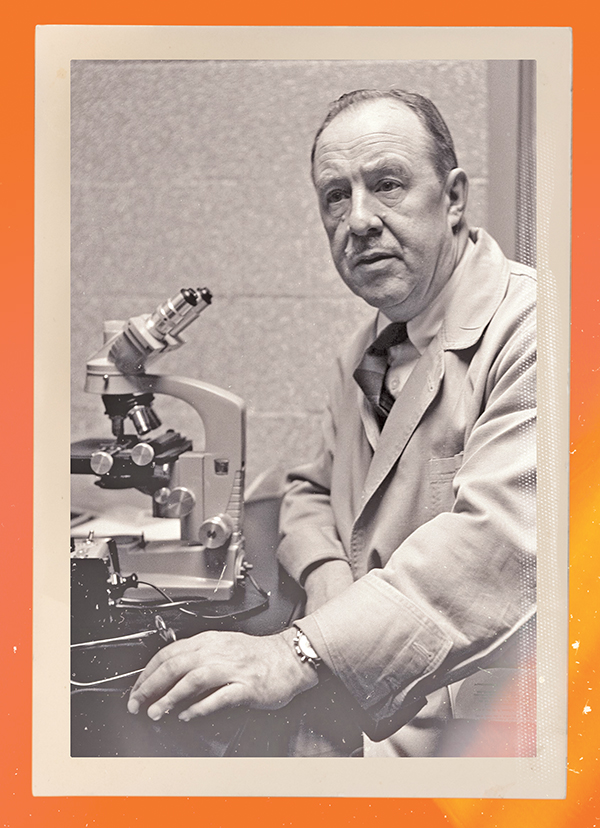
In his influenza lab at Michigan Public Health, Monto conducted studies on the drug Amantadine for the prevention and treatment of influenza. His work on other antivirals, such as Relenza and Tamiflu, extended well into the 1990s. From 1989 to 1993, he participated in a large, multi-site project that determined the influenza vaccine to be cost-effective in controlling influenza among the elderly.
In the 2000s, Monto launched the FLU-VACS study to compare two kinds of licensed flu vaccines—live attenuated (weakened) influenza vaccine and inactivated influenza vaccine—in the prevention of influenza in college students at four Michigan public universities: the University of Michigan, Eastern Michigan, Central Michigan and Western Michigan. The live attenuated influenza vaccine, FluMist nasal spray, was developed at Michigan Public Health by Epidemiology Professor Hunein “John” Maassab.
“We found that FluMist worked in children, but was not as effective in protecting younger adults from the flu as the traditional inactivated influenza vaccine,” Monto said.
His study provided important data that might help to develop new and improved vaccines in the future.
Shaping policy decisions
As a prominent infectious-disease epidemiologist, Monto has helped to develop national and global policies that have impacted the lives of people worldwide.
“I’ve been very pleased when something I’ve done affects policy,” he said. “But it is important to work on the things that underpin the decisions we make about how to approach difficult problems. Political issues affect all sorts of recommendations in terms of what we tell people to do and what we prioritize.”
Arnold brings to his work such a knowledge and understanding of the deep history of the field. It’s so valuable to watch him work with trainees and students, because he is able to provide a perspective on things that transpired decades earlier.”
— Emily Martin, associate professor of Epidemiology and co-director, Michigan Center for Respiratory Virus Research and Response
During the 2009 H1N1 pandemic, he served as the sole nongovernmental adviser on the 15-member Global Emergency Committee that advised the World Health Organization’s director-general on the timing of pandemic announcements, including the declaration of an international public health emergency and the all-clear notification signaling the pandemic was over.
In 2020, when the SARS-CoV-2 coronavirus unleashed the devastating COVID-19 pandemic, Monto, at age 88, again was called upon to help.
During that summer, he received a phone call asking him to rejoin the Vaccines and Related Biological Products Advisory Committee (VRBPAC), which advises the FDA on the development, authorization and licensure of vaccines for preventing and treating human diseases.
“Three weeks later, I got another call asking me to serve as acting chair of the committee,” Monto said. He accepted the challenging assignment without any hesitation.
It was a daunting task. Tens of thousands of people were dying around the world, and the clock was ticking.
Both Pfizer and Moderna had developed mRNA vaccines for COVID-19, and there was intense political pressure to approve them with Emergency Use Authorization, based on “weight of evidence,” rather than on the results of lengthy clinical trials.
“In December 2020, VRBPAC had two meetings, and we recommended approval of first the Pfizer vaccine and then the Moderna vaccine,” said Monto, who led the discussions and became something of a celebrity during his frequent television appearances to talk about the new vaccines.
“As it turned out, these novel mRNA vaccines were safer than many of the vaccines we are currently using for other diseases, such as shingles,” he said. “At the start of the pandemic, they were 90% effective against COVID-19. We were delighted, but, at the same time, discouraged to find that so many people did not want to get a vaccine with that level of efficacy.”
Dr. Peter Marks, director of the FDA’s Center for Biologics Evaluation and Research, said Monto’s skillful leadership guided VRBPAC during a crucial juncture in the COVID-19 pandemic.
“Dr. Monto was instrumental in helping to expedite the evaluation and authorization of the COVID-19 vaccines that ultimately saved many thousands of lives,” Marks said. “We are very grateful for his service in support of public health.”
Preparing the next generation
During his six decades at Michigan Public Health, Monto has taught hundreds of students and mentored numerous faculty members, many of whom have risen to prominent positions in the public health arena.
His prolific writing, including more than 350 research papers, has contributed to a deeper understanding of epidemiology and respiratory infections.
“My advice to students always has been to be aware and to bring all the facts together with your own experiences to help you make decisions,” Monto said. “And to be wise and compassionate in what you do.”
Ryan Malosh, BA ’06, PhD ’15, credits Monto, who served as his doctoral adviser, for sparking his interest in immunization and herd immunity.
“Dr. Monto influenced my entire academic career and the work I do now at the Michigan Department of Health and Human Services,” said Malosh, who is epidemiology section manager in the Division of Immunization. “He was a pioneer in a lot of different ways and was often sought out by global health authorities.”
Rachel Truscon, MPH ’00, a research area specialist who started working in Monto’s influenza lab in 1999, said she has always appreciated his pragmatic character.
“Dr. Monto is a deep well of wisdom and experience, yet he also fearlessly acknowledges the unpredictable nature of respiratory illnesses and all that goes along with studying them,” Truscon said. “That seems to fuel his curiosity and has kept him intensely engaged and involved since he started his career—no, his adventure—in public health.”
I came to Michigan Public Health with CDC-instilled traditions, modified by experience working in Latin America. It took me a while to appreciate the foundation that Arnold was creating for expanding epidemiologic knowledge. Family studies were one leg of that foundation. Under Arnold’s leadership, the Tecumseh study elucidated how population phenomena linked families in ways that had different consequences for different infections. This work motivated the paths I took to conceptualize infection transmission processes in populations as complex systems.”
— James Koopman, professor emeritus of Epidemiology
James Koopman, Professor Emeritus of Epidemiology, who joined Michigan Public Health in 1978, recalled Monto’s influence on his own research pathway.
“Arnold Monto generously guided me to appreciate the legacy of Tommy Francis and the type of research that Arnold did, which expanded on the Francis traditions,” Koopman said. “It was Arnold who opened my eyes to see how the traces of patterns in community-linked families created flows of infection that could be modeled at the population level.”
Looking to the future
These days, Monto is as busy as ever.
He continues to oversee the Household Influenza Vaccine Evaluation (HIVE) study, which has been tracking and analyzing acute respiratory infections in Ann Arbor households for the past 14 years.
At the Michigan Center for Respiratory Virus Research and Response, he is collaborating with Martin to study the effectiveness of the influenza and COVID-19 vaccines in real-world settings, and preparing to evaluate the RSV vaccines that were approved in early May.
Monto remains optimistic about the future of the public health field despite the recent politicization of issues around the COVID-19 pandemic.
“We should be patient and remain faithful to our long-term goals, but also realize it will take time to get back to a point where we can have a meaningful dialogue,” he said. “We will be hampered in moving forward until that happens, but I have faith it will.”
